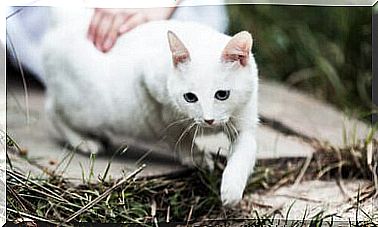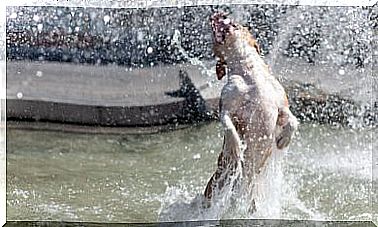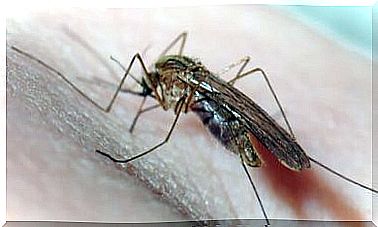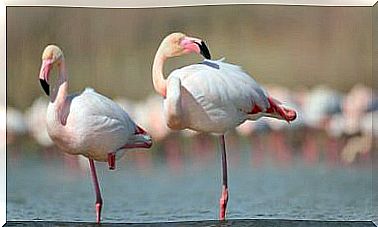Discovering 6 Prehensile Tailed Animals

It is always a species to see an animal with a prehensile tail and observe how this is used as if it were a real additional limb. The prehensile tail is a real asset to the animals that have it! In this article we discover some animals with prehensile tails, all mammals.
Examples of prehensile tailed animals
Due to a biological adaptation process, many mammals have prehensile tails. Thanks to this they can grab objects, cling to tree branches or move through vegetation. Basically, the word “prehensile” is of Latin origin and means “capable of grasping”. Some examples of prehensile tailed animals are:
1. Aluatta from the mantle
Native to Latin America, the mantled aluatta (pictured on the cover) is a primate that lives in tropical areas. It measures approximately 90 centimeters, but is able to double its size by lengthening its tail, which it uses to cling to trees.
This way he can leave his hands free and use them for eating. The tail is able to bear its entire body weight without any problems!
2. Vermilingua
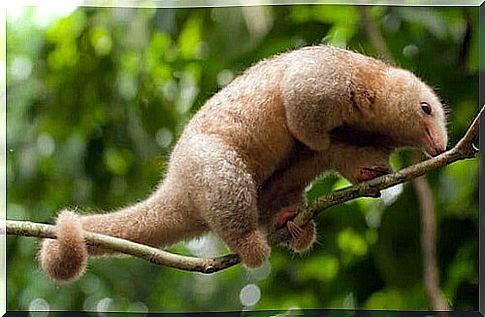
Another prehensile-tailed animal that lives in America is the tongue worm, related to the anteater. The vermilingua has a sturdy build that reaches 130 centimeters in height, with a tail that reaches 85. The latter is used to cling to trees while sticking its large snout into termite mounds and anthills to feed.
3. Binturong
Also known as the bear cat, it is a mammal typical of Southeast Asia, precisely from the forests of Vietnam, Malaysia, Borneo and Indonesia. With its nocturnal habits and omnivorous diet (it eats fruit, insects and carrion), the Binturong is at risk of extinction due to its precious fur, which is the object of poaching.
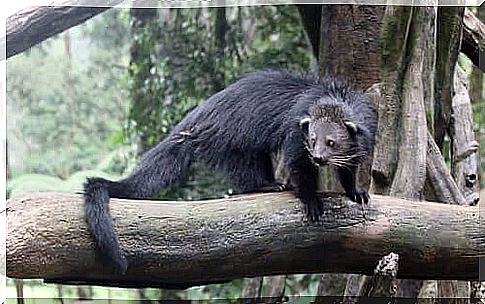
As for its size, the body measures 95 centimeters, the tail 90. This is used to cling to trees, as it spends a lot of time on the branches. It is also a plantigrade animal, in fact when it comes down to the ground, it almost entirely rests the plants on the ground to walk.
4. Mouse of the rice fields
The scientific name is Micromys minutus and it is a very small rodent that lives in almost all of Europe and in Central and Southeast Asia. Its characteristic is its light brown fur, round ears, flat muzzle and a prehensile tail that is longer than the rest of the body.
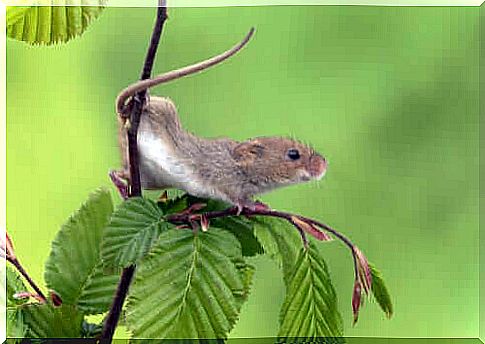
5. Pangolin
In addition to being one of the prehensile tailed mammals, it is one of the most fascinating species in existence. When it feels the danger, it closes like a “ball” and protects itself from predators thanks to its very hard skin covered with scales.
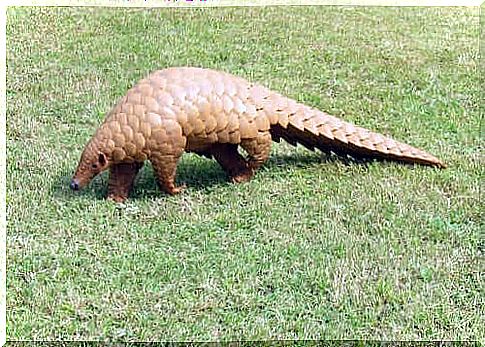
The pangolin is native to Africa, where it lives in the forests of the central and western part of the continent. It has nocturnal habits and often moves on trees, since thanks to its four legs and the tail that acts as a counterweight it can walk on trunks (even on trees without branches).
6. Virginia opossum
The last of the prehensile tailed animals we deal with in this article is an American marsupial capable of adapting to almost any ecosystem, although it prefers jungle and woodland.

The Virginia opossum has a bristly coat of different colors (black, gray, red) and a very long tail, longer than the rest of the body. The tail is covered with hair, with scales at the tip. It uses it to cling to tree branches and trunks.
Are there any prehensile tailed animals that are not mammals? Yes, these are two fish: the seahorse and the striped marlin.



